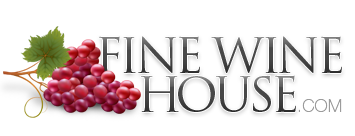Looking to learn about red wine? Discover the top varieties, their flavors, and food pairings. From Cabernet Sauvignon to Pinot Noir, find out what makes each unique and how to enjoy them best.
Key Takeaways
- Red wine's unique flavors and aromas come from the interaction of grape variety, terroir, and winemaking techniques, with maceration of skins adding tannin, color, and depth.
- Popular red wines like Cabernet Sauvignon, Merlot, Pinot Noir, Zinfandel, and Shiraz each have distinct flavor profiles and ideal food pairings, making them favorites among enthusiasts.
- Proper serving, decanting, and glass selection enhance the enjoyment of red wine.
Understanding Red Wine Varieties
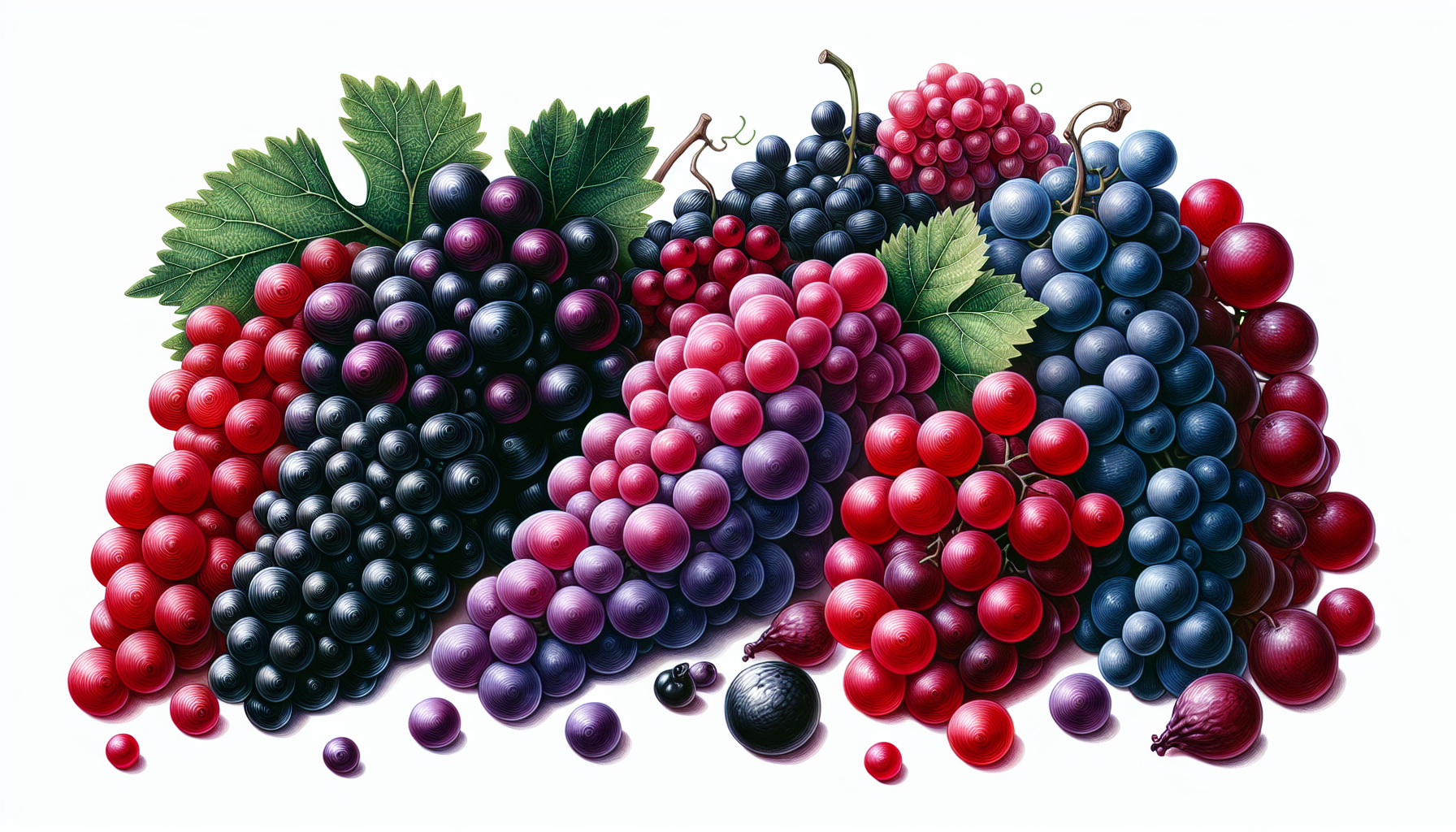
Red wine, a captivating beverage, is crafted from fermented dark-skinned grapes. The process involves allowing the juice to macerate with the grape skins, which adds color, flavor, and tannin to the wine. This gives red wine its characteristic depth and complexity. Each red wines unique profile is influenced by several factors, including grape variety, terroir, and winemaking techniques. These elements interact to produce a wide range of flavors, colors, and textures.
The grape’s acids and skins, rich in organic compounds, give red wine its flavors and aromas. These can produce an array of tasting notes, including fruit flavours such as:
- fruity
- floral
- herbal
- spicy
Terroir, or the natural environment where the wine is produced, also plays a significant role in shaping its characteristics. This includes the soil, climate, and topography of the vineyard, all of which impact the wine’s final flavor and aroma profile.
Winemaking techniques such as fermentation and maceration further influence the wine’s final product. Tannins, which provide structure and complexity, come from the juice’s contact with grape skins, seeds, and sometimes stems during fermentation. Acidity, which gives wine its freshness and balance, is another crucial component, balancing tartness with sweet and bitter elements. Together, these factors create the diverse and rich world of red wine that so many of us enjoy.
Popular Red Wine Types
everal red wine varieties, notable for their distinctive flavors, enjoy widespread appeal. Let’s uncover the unique characteristics of beloved red wine types such as:
- Cabernet Sauvignon
- Merlot
- Pinot Noir
- Zinfandel
- Shiraz (Syrah)
Each of these wines offers unique characteristics and pairings that make them favorites among wine enthusiasts.
Cabernet Sauvignon
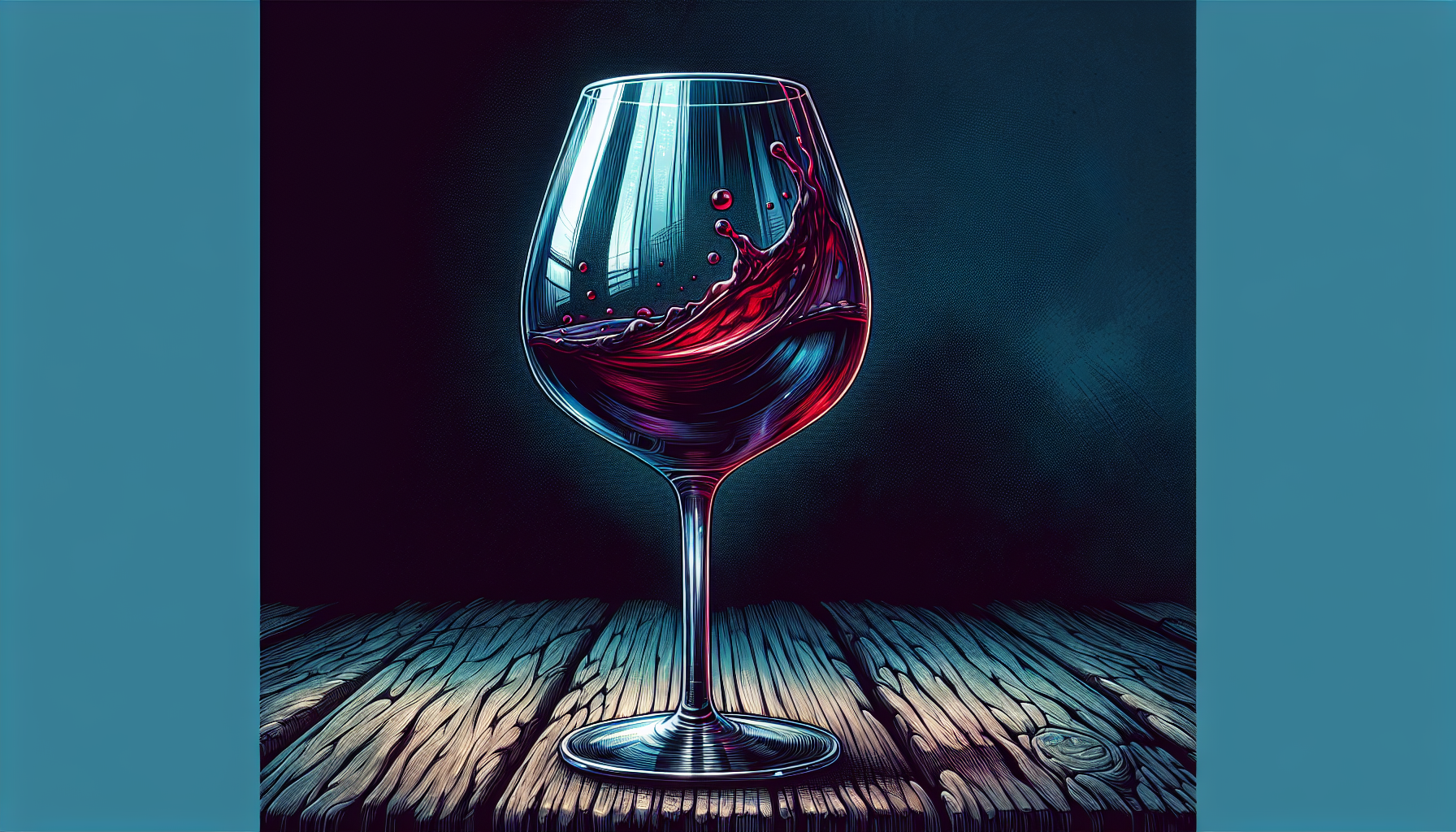
Cabernet Sauvignon is renowned for its bold, full-bodied flavor profile, making it a favorite among those who drink red wine. This red wine type is characterized by:
- Intense dark fruit flavors, such as blackcurrant and black cherry
- Notes of tobacco, chocolate, eucalyptus, spice, and vanilla
- High tannin content and robust structure
These qualities make Cabernet Sauvignon a perfect match for hearty dishes, including spicy dishes.
When it comes to food pairings, Cabernet Sauvignon shines with:
- steaks
- lamb dishes
- burgers
- strong cheese
- dark chocolate desserts
The rich, complex flavors of this wine produced in various regions around the world, from France’s Bordeaux to California’s Napa Valley, make it a versatile choice for any wine lover’s collection.
Merlot
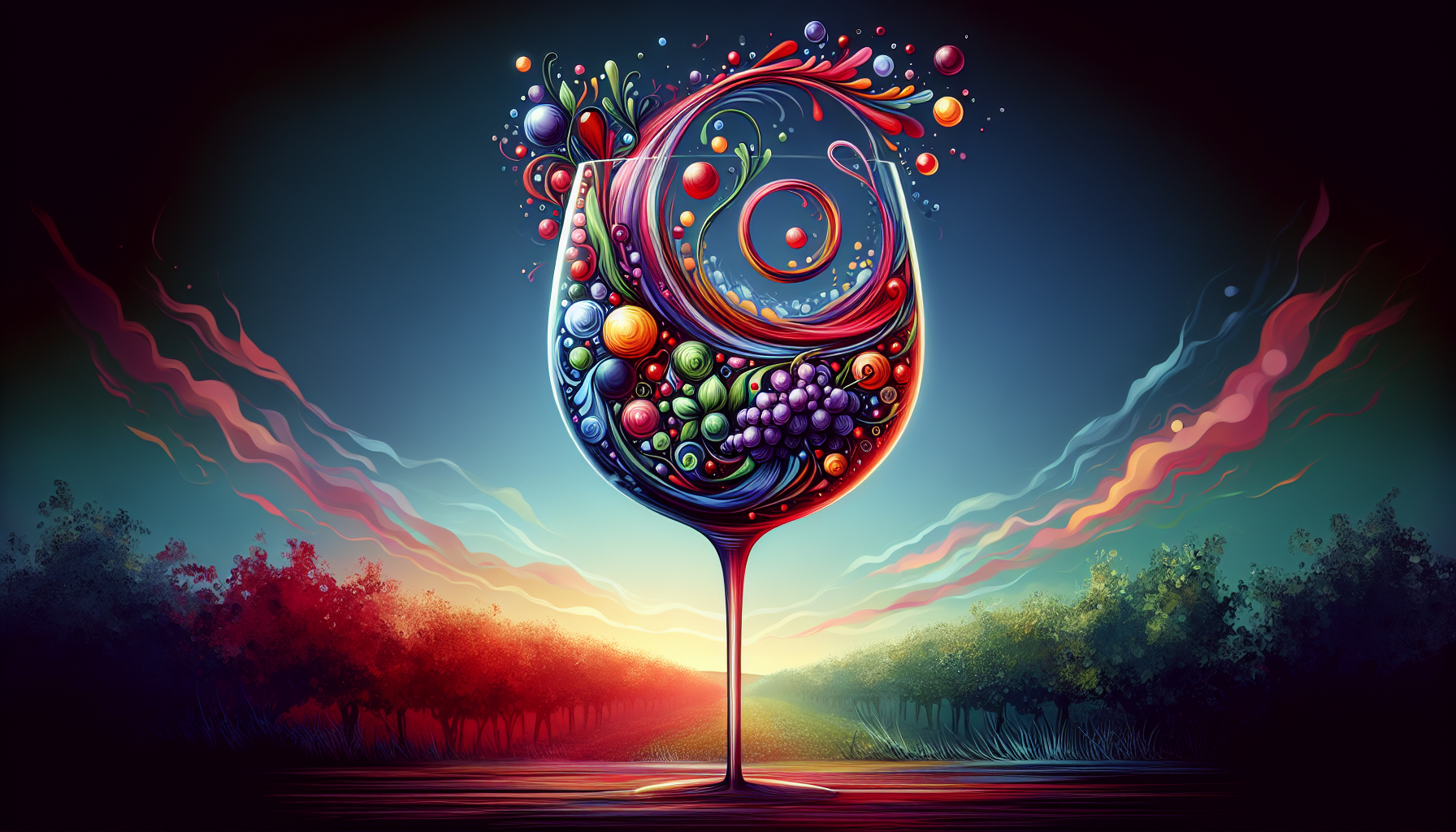
Merlot is celebrated for its:
- Smooth, medium-bodied profile
- Low acidity, making it an easy drinking wine for many
- Flavors of blackberries, plums, lighter red fruits, fruit cake, chocolate, and vanilla
- Approachable and versatile nature
- Excellent choice for those new to red wine, thanks to its approachable taste and relatively low tannins in warmer climates.
Food pairings for Merlot are as diverse as its flavor profile. It complements a wide range of dishes, from grilled meats and hearty stews to poultry like duck or chicken, lamb, and roast dinners.
Originating from Bordeaux, Merlot is now widely grown in regions such as France, Australia, and Chile.
Pinot Noir
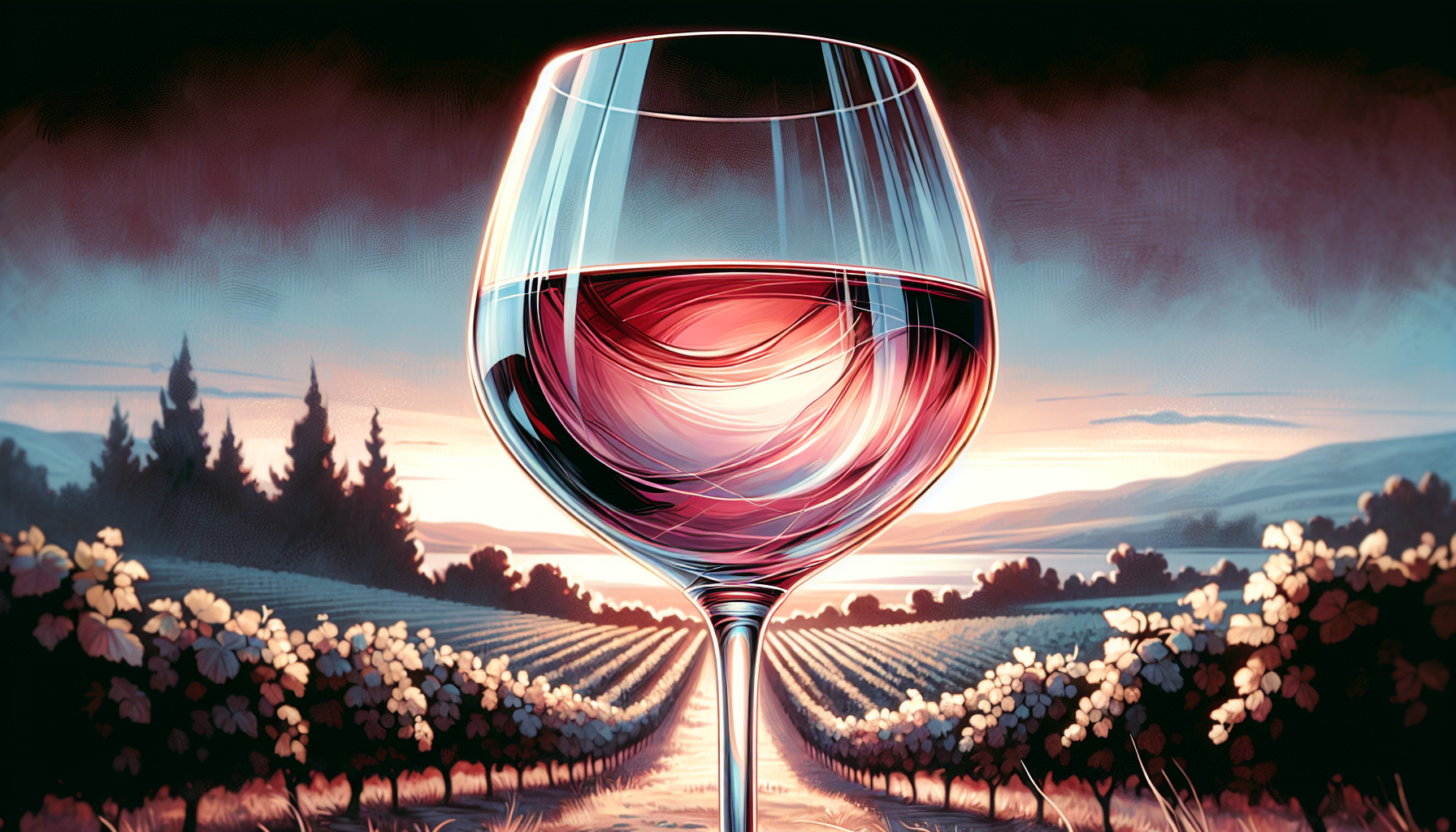
Pinot Noir is known for its:
- Light-bodied, medium-bodied structure
- Low tannins
- Wealth of juicy fruit flavors
- Smooth notes of strawberry, raspberry, and dark cherry
- Earthier undertones to finish
This makes Pinot Noir a delightful and sophisticated choice for those who prefer a lighter red wine with a slight sweetness.
One of the most versatile red wines, Pinot Noir pairs wonderfully with earthy flavors like mushrooms and lentils, as well as with salmon. Whether you’re enjoying a casual dinner or a more refined meal, Pinot Noir’s delicate and nuanced flavors make it a fantastic companion.
Zinfandel
Zinfandel is a robust, full-bodied wine known for its:
- high alcohol content
- rich, fruity flavors
- medium tannins
- variety of dark fruit notes like blackberry, blackcurrant, and raspberry
- hints of smoke and black pepper, especially from warmer regions
This makes it a dynamic and flavorful choice for those who appreciate bold red wines with a deep purple color.
In terms of food pairings, Zinfandel is highly versatile. It complements meats such as pork ribs and is a great match for pizza and pasta dishes. While most commonly found in California, Zinfandel is also produced in Italy (where it’s known as Primitivo) and South Australia.
Shiraz (Syrah)
Shiraz, or Syrah, offers a peppery, spicy, and bold flavor profile with rich fruit notes like blackberries. Old World Syrah, particularly from the northern Rhône, tends to have savory, earthy flavors, while New World Shiraz, such as those from Australia, is typically fruitier and spicier. This diversity makes Shiraz a fascinating wine to explore.
Shiraz pairs excellently with hearty dishes like grilled meats and stews, while Syrah is perfect for rich, gamey meats and dishes featuring herbs and pepper. Whether you prefer the traditional flavors of Old World Syrah or the bold, fruity notes of New World Shiraz, this wine offers something for every palate.
Lesser-Known Red Wine Varieties
Numerous lesser-known red wine varieties, beyond the well-known ones, merit exploration. These wines, such as Malbec, Sangiovese, and Nebbiolo, offer unique flavors and food pairings that can surprise and delight even the most seasoned wine drinkers.
Let’s uncover the unique attributes of these intriguing red wine types, derived from various grape varieties.
Malbec
Malbec is a full-bodied red wine characterized by high tannins, high alcohol content, and dark fruit flavors like blackberry and plum. Notes of tobacco and pepper add to its complexity, often resulting in a long finish. Specific examples like the Cruz Alta Malbec Reserve feature black fruit and vanilla flavors, while the Ed Edmundo Malbec highlights aromas of blackberry, plum, and vanilla.
Malbec pairs exceptionally well with:
- Leaner meats like flank steak
- Spicy foods such as Mexican or Indian cuisine
- Grilled meats and seasoned dishes
- Lamb, due to the wine’s bold qualities and fine tannins.
Sangiovese
Sangiovese, primarily grown in Italy, is a medium-bodied red wine with high tannins and acidity. Known for its flavors of pie cherry, anise, and tobacco leaf, Sangiovese is both complex and approachable. This grape variety thrives in Italy, with over 150,000 acres dedicated to its cultivation, and is also produced in small amounts in Washington and California.
When it comes to food pairings, Sangiovese shines with tomatoey Italian pasta dishes and herby chicken. Its high acidity and robust flavors make it a fantastic match for a variety of Italian cuisine.
Nebbiolo
Nebbiolo is a full-bodied red wine known for its complex aromas and flavors. Used in Barolo and Barbaresco wines, Nebbiolo offers flavors of plum, pie cherry, and tar, with celebrated aromas of roses, tar, and red fruits. This complexity makes Nebbiolo a favorite among wine connoisseurs.
Ideal food pairings for Nebbiolo include gamey, fatty meats like wild boar, goose, duck, and pork shank. The richness and depth of Nebbiolo complement these hearty dishes, making for an unforgettable dining experience.
Regional Red Wines
Exploring regional red wines is like taking a trip around the world through your glass. From Italy’s Sangiovese and Barbera to Spain’s Rioja and Priorat, and France’s Bordeaux blends and Burgundy Pinot Noir, each region offers distinctive flavor profiles that reflect their unique terroirs.
Let’s embark on a journey through the world of Italian, Spanish, and French red wines.
Italian Reds
Italian red wines are renowned for their distinctive flavor profiles and complexity. Nebbiolo, commonly grown in the Piedmont region of Northern Italy, is used to produce Barolo and Barbaresco wines, known for their intense tannins and flavors of violet, roses, spices, and red fruits. Brunello di Montalcino, a Sangiovese-based wine from Tuscany, is recognized for its deep ruby color and flavors of leather and tobacco with good tannins.
Barbera wines from Italy offer vibrant acidity and flavors of red cherry and plum. Another notable Italian red is Amarone, a full-bodied wine from Veneto, distinguished by its production method where grapes are dried before pressing, resulting in flavors of dried fruit and dark chocolate.
Spanish Reds
Spain offers some of the most robust and flavorful red wines in the world. Rioja, primarily made from Tempranillo grapes, is known for its flavors of dark berries, tobacco, and leather. Tempranillo wines from Rioja exhibit bold notes of strawberry, raspberry, and cherry in younger varieties, with added notes of leather and tobacco as it ages.
Priorat, another notable Spanish red wine, is made from Garnacha and Cariñena grapes and is celebrated for its bold structure and intense flavors of red and black berries, licorice, and minerality. These wines pair well with game, mushroom-based meals, steak, and barbecued meat.
French Reds
French red wines exude elegance and sophistication. Bordeaux reds are often blends that include Cabernet Sauvignon and Merlot, known for their rich flavors of dark berries and earthy notes. Cabernet Franc, often used in Bordeaux blends, adds flavors of violets, blueberry, and coffee.
Burgundy red wines are most known for being made from Pinot Noir, offering delicate flavors of red berries and floral notes. These wines reflect the terroir of their regions, offering a taste of France’s winemaking heritage.
How to Serve and Enjoy Red Wine
Serving red wine correctly can significantly enhance its flavors and aromas. Here are some essential steps in enjoying red wine to its fullest:
- Understand the optimal serving temperature.
- Consider decanting the wine to allow it to breathe and develop its flavors.
- Choose the right glass to enhance the wine’s aromas and flavors.
By following these steps, you can fully enjoy the experience of drinking red wine.
Let’s delve into these crucial aspects.
Optimal Serving Temperature
Serving red wine at the correct temperature is crucial for maintaining its natural flavors. If red wine is served too warm, the taste of alcohol can overwhelm the wine’s flavors. Here are the recommended serving temperatures for different types of red wine:
- Lighter-bodied reds like Pinot Noir are best served at 13-16°C
- Medium-bodied reds such as Merlot are best enjoyed at 14-15°C
- Full-bodied reds like Cabernet Sauvignon and Zinfandel are best served at around 18°C.
For fuller-bodied reds, serving at a slightly warmer temperature helps to release their complex flavors and aromas, enhancing the overall tasting experience. Conversely, serving lighter reds a bit cooler preserves their crispness and bright fruit flavors.
Decanting and Breathing
Decanting red wine and allowing it to breathe can significantly enhance its taste. Uncorking your wine bottle two hours before drinking allows the wine to breathe, releasing its full aroma and flavor profile. Using a decanter can also help the wine breathe; letting it sit in the decanter for about an hour before serving allows the flavors to develop and soften.
Older wines should be poured gently into a decanter to awaken their flavors slowly, while younger wines can benefit from using an aerator that infuses air quickly. By allowing the wine to interact with air, you enhance its complexity and enjoy it at its best.
Choosing the Right Glass
The shape and size of the glass you use can impact how you experience red wine. Red wine glasses are typically:
- Shorter and wider than white wine glasses
- Maximize air contact and allow the wine to breathe
- Help to release the wine’s aromas and flavors more effectively
A larger bowl glass is ideal for fuller-bodied reds such as Cabernet Sauvignon. For wines like Pinot Noir, a glass with a wider bowl but narrower rim is best, as it directs the wine to the right areas of your palate, enhancing its delicate flavors. A standard pour of around 90 milliliters allows room for swirling and sniffing, completing the tasting experience.
Red Wine Pairing Tips
Pairing red wine with food involves balancing the components of a dish with the characteristics of the wine. While there are no strict rules, understanding the basics of congruent pairings and matching wine with the sauce rather than the meat can elevate your dining experience.
Let’s delve into specific pairing tips for meat, cheese, and vegetarian dishes.
Meat Pairings
Pairing red wine with beef is essential for enhancing the dining experience. Lean cuts of beef pair well with light or medium-bodied red wines with slightly higher acidity. For example, a Pinot Noir or a medium-bodied Merlot complements the subtle flavors of lean beef cuts beautifully.
On the other hand, fatty cuts of beef pair well with bold red wines that have high tannin, such as Barolo or a Napa Cabernet. These wines’ robust structure and tannins cut through the richness of fatty meats, creating a balanced and enjoyable meal.
Bordeaux wines typically pair well with hearty dishes like roast lamb and beef.
Cheese Pairings
Pairing red wine with cheese can elevate your tasting experience. Bold red wines like Cabernet Sauvignon pair well with aged cheeses, as their tannins complement the strong flavors. Light-bodied red wines, such as Pinot Noir, complement soft cheeses like Brie and Camembert.
Medium-bodied red wines like Merlot pair well with semi-hard cheeses such as Gouda and Cheddar. Blue cheeses, with their strong and tangy flavors, pair well with sweeter red wines like Port or a late harvest Zinfandel. Earthy red wines such as Syrah go well with complex cheeses like Gruyère.
Vegetarian Pairings
Vegetarian dishes can be just as exciting to pair with red wine as meat dishes. Pinot Noir pairs well with mushroom-based dishes due to its earthy undertones. Grenache, with its fruity and spicy notes, pairs well with roasted vegetables and Mediterranean-inspired dishes.
Zinfandel complements dishes with root vegetables and smoky flavors, making it a great choice for hearty vegetarian meals. Cabernet Franc pairs well with hearty vegetarian stews and bean-based dishes, while Chianti goes well with tomato-based vegetarian dishes like pasta and lasagna.
Storing and Aging Red Wine
Proper storage and aging are crucial for maintaining the quality of red wine. While only a small percentage of fine wines benefit from long-term aging, those that do can develop more complex flavors and aromas over time.
Let’s delve into the optimal storage conditions and aging potential for red wine.
Storage Conditions
The ideal storage temperature for red wine is between 45°F and 65°F, with 55°F often cited as optimal. Avoid placing wine in areas with wide temperature fluctuations to prevent cooked flavors and potential cork issues. Ideal humidity levels for wine storage are about 70%, though conditions between 50% and 80% are generally safe.
Sunlight can prematurely age wine, so it should be stored away from direct light. Bottles should be stored on their sides to keep the cork moist and prevent it from drying out. Vibrations can potentially harm wine by disturbing sediment, though this is mostly a concern for long-term storage.
For optimal storage, ensure the wine storage area is cool, dark, and has stable humidity levels.
Aging Potential
Red wines with higher tannin content, such as Cabernet Sauvignon and Bordeaux, typically benefit the most from aging. Wines with higher acidity also tend to age well, as the acidity helps preserve the wine over time. As red wine ages, its color shifts from bright, youthful hues to garnet and brown.
Aging can enhance the complexity of flavors and aromas in red wines, often resulting in smoother and more nuanced profiles. While not all wines are meant to be aged, those that are can offer a rewarding and sophisticated drinking experience.
Summary
Red wine is a diverse and complex beverage that offers a myriad of flavors, aromas, and experiences. From understanding the different varieties and regions to learning how to serve, pair, and store red wine, there’s always something new to discover. Whether you’re enjoying a bold Cabernet Sauvignon or a delicate Pinot Noir, appreciating the nuances of red wine can truly enhance your enjoyment. So, pour yourself a glass, savor the flavors, and continue exploring the wonderful world of red wine. Cheers!
Frequently Asked Questions
Where can I buy red wine online?
FineHouseWine allows you to buy red wine with the click of a button. Browse through the wide selection of wine to find the perfect wine for you. Whatever the occassion may be, FineWineHouse will meet all your wine needs. Have questions? Ask away!
What is the best temperature to serve red wine?
The best temperature to serve red wine depends on its body. Lighter reds like Pinot Noir are best at 13-16°C, medium-bodied reds like Merlot at 14-15°C, and full-bodied reds like Cabernet Sauvignon at around 18°C.
How long should red wine breathe before serving?
Let your red wine breathe for at least 30 minutes, but if it's a bold red, give it up to an hour for the best flavor.
What foods pair well with Cabernet Sauvignon?
Cabernet Sauvignon pairs well with steaks, lamb dishes, burgers, strong cheese, and dark chocolate desserts. Enjoy!
Can red wine be stored in a regular refrigerator?
No, it's not recommended to store red wine in a regular refrigerator as it may dry out corks and cause air seepage.
